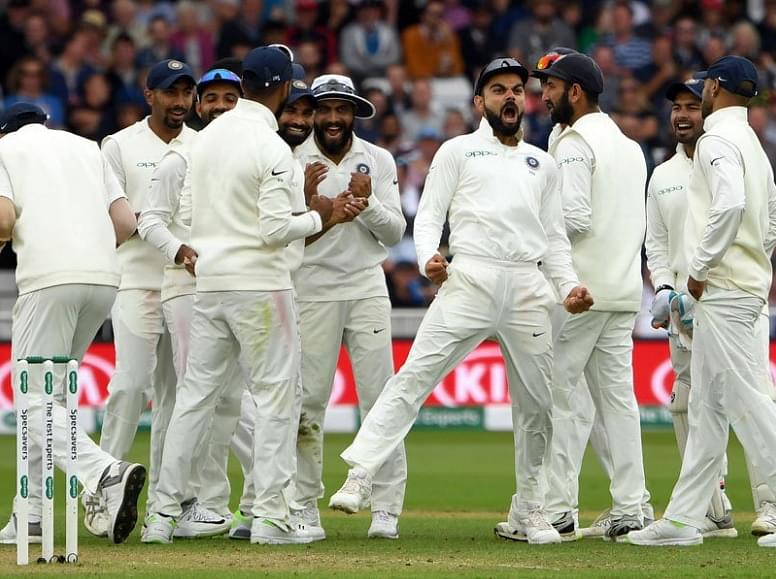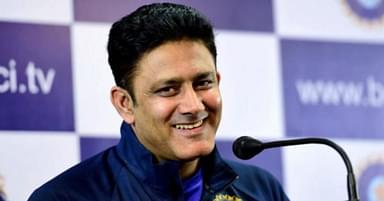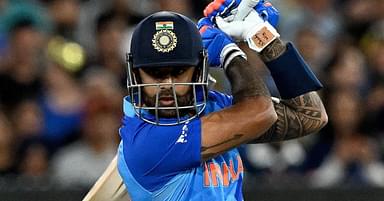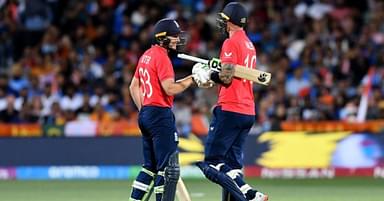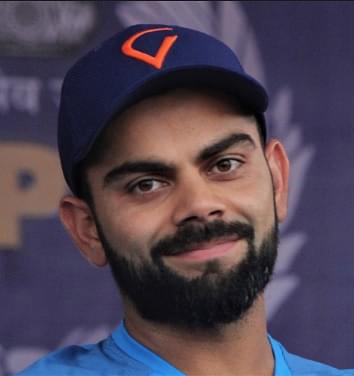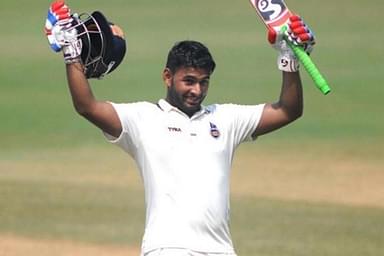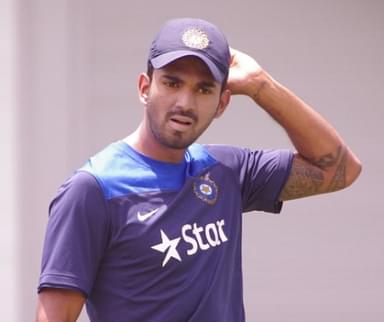India’s changes for 5th Test: Sportsrush presents before you the changes which might aid Team India in registering a win in the last Test.
Advertisement
With England gaining an unassailable 3-1 lead in the series, there is nothing left that India can do to clinch the series from this point onward. However, with pride at stake ahead of the last Test at The Oval, India must be yearning to put in the hard yards because a series scoreline of 3-2 looks much better than a 3-1 scoreline.
There are three divisions of the game, improvement at which, can help India to win the last match. They are:
1. Opening partnership – A crucial aspect of the game which generally helps Asian teams win Test matches abroad is the opening partnership. It is also an aspect of the game which the Indian team has failed miserably at. In the four Test matches of this series, the Indian openers have registered partnerships of 50, 19, 0, 0, 60, 60, 37 and 4. It is worth mentioning that they registered a 60-run partnership twice in the third match, a match which they ended up winning by 203 runs.
Talking of the three innings where India were meant to chase a target, the opening stands registered were 19, 0 and 4. Chasing a target in the English conditions can be a daunting task. In such a situation, losing an early wicket is the last thing that a team would ask for.
Not stating that the Indian openers should post mammoth totals every time they walk out to bat, but them spending time in the middle at least for a session or a bit more than that is a realistic expectation. The best that the Indian openers (across Shikhar Dhawan, Lokesh Rahul and Murali Vijay) have spent time in the middle is 18.4 overs in this series.
With them spending more time on the pitch is likely to serve two purposes – a) Add runs to the scoreboard; b) Remove the shine off the ball. Both the purposes will help the rest of the batsman to count on the positive start.
Moreover, the last time that the Indian openers stitched a 100-run+ opening partnership outside of Asia was way back in 2010, when Gautam Gambhir and Virender Sehwag had added 137 runs against South Africa at Centurion. Almost eight years down the line, expecting something on these lines at least once from the Indian openers is not something they can’t do.
2. Conceding runs from the lower order – Another facet of the game in which India has struggled in the recent years, especially outside the sub-continent, is not being able to get the lower order dismissed cheaply. The trend of Indian bowlers picking up wickets with the new ball but conceding runs from the lower order has hurt them more often than not.
Be it Johannesburg (2013), Wellington (2014), Melbourne (2014) or Southampton (last Test), India’s inability of dismissing the opposition’s lower order batsmen has given them a loss or denied them a victory.
Not that the players take things lightly after dismissing the specialist batsmen, but it is something which has made India concede more runs from the lower order than they do from the top-order batsmen. It is true that a team needs to take 20 wickets to win a Test, but it does not mean that those 20 wickets should come at an average which forbids you from winning the match.
Taking an example of the Southampton Test, the English tail stitched partnerships of 81, 55 and 63 across the match, two of them more than the opening partnership of the Indian openers across the series. In simple words, India can’t afford giving this luxury to the English tail, especially when their own batsmen are struggling for runs.
3. The specialist spinner not being very special – A common observation from the scorecards of the above mentioned matches are the bowling figures of the Indian spinners. 36-5-83-0 (Ravichandran Ashwin at Johannesburg), 52-11-115-1 (Ravindra Jadeja at Wellington) and 44-9-134-3 (Ashwin at Melbourne) are evident of the fact that there have been instances of the Indian spinner struggling to make a mark in these situations.
Ashwin might have three wickets to his name at Melbourne but two of them were to dismiss Mitchell Johnson and Ryan Harris, the latter, after he shared a 106-run stand with Steven Smith. In the Southampton Test, Ashwin had registered bowling figures of 37.1-7-84-1. That being said, his bowling was much below par than these figures suggest. One can argue that Jadeja (at Wellington) and Ashwin were economical but being economical isn’t the only thing that you want from your lone specialist spinner. You want them to pick wickets as well. Don’t you?
With Ashwin likely to miss the last Test at The Oval, the onus will once again fall on Jadeja. The game-changer that he is, playing his first match of the series and playing as the only specialist spinner in the playing eleven, captain Virat Kohli would be expecting him to pick wickets at regular intervals, making sure that the English tail no longer wags.

